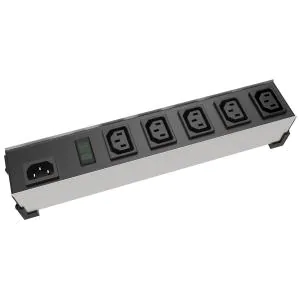Exclusive promotion | 15% off for new customers | CODE: FIRST15
An ISO 9001:2015 Certified Entity
100% new and original products

Hassle-free returns

Fast & responsive customer support

Guaranteed worldwide delivery in 3 weeks**

Quality assurance
Product Category
Line Protection
Line Protection
Line protection refers to the measures and devices used to safeguard electrical power lines and equipment from damage caused by faults, overloads, or other disturbances. It plays a crucial role in ensuring the reliability and safety of power systems.
What is Line Protection?
Line protection involves the use of protective relays, circuit breakers, fuses, and other devices to detect and isolate faults on power lines. These devices are designed to quickly disconnect the faulty section of the line while maintaining power supply to the rest of the system.
Where is Line Protection Used?
Line protection is used in various industries and applications where uninterrupted power supply is critical. It is commonly found in electrical substations, power plants, industrial facilities, and commercial buildings. Line protection is also essential for renewable energy systems such as wind farms and solar power plants.
Applications of Line Protection
Line protection devices are used to protect power lines and equipment from a wide range of electrical faults, including short circuits, overloads, and ground faults. They help prevent damage to transformers, generators, motors, and other critical components of the power system.
Line protection is also used to improve the reliability and efficiency of power systems by minimizing downtime and reducing the risk of equipment failure. By quickly isolating faults and restoring power supply, line protection devices help maintain the stability of the electrical grid and prevent widespread outages.
In addition to protecting equipment and ensuring system reliability, line protection also plays a crucial role in ensuring the safety of personnel working with electrical systems. By detecting and isolating faults, these devices help prevent electrical hazards and reduce the risk of accidents in the workplace.


